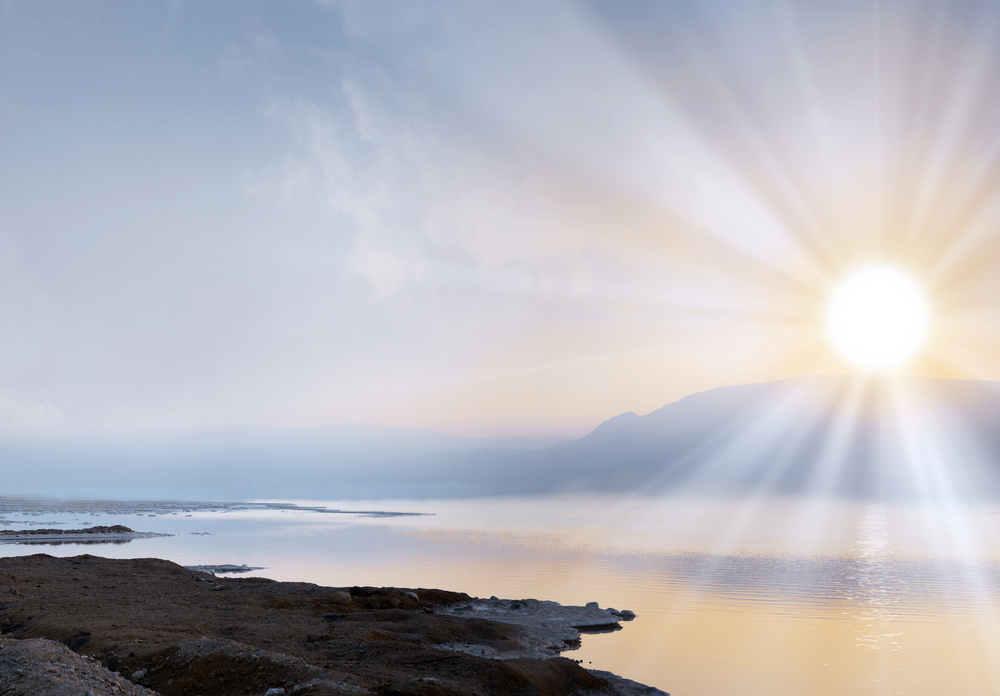
Might one of the New Testament’s most famous miracles, the enormous fish catch on the Sea of Galilee, have a literal explanation? New research indicates that the answer may be yes, and what really happened is even more intriguing than fiction. For ages, Jesus’ leading his disciples to a net-shattering catch has filled people with wonder, but now scientists are finding out how nature herself might have paved the way for this mythic occurrence.

From ancient scripture to state-of-the-art 3D modeling of lakes, scholars are weaving a story in which science and religion don’t merely coexist; they complement one another. Here’s the latest research connecting biblical wonder with natural processes, providing a new perspective on a miracle that has fascinated believers and doubters alike.
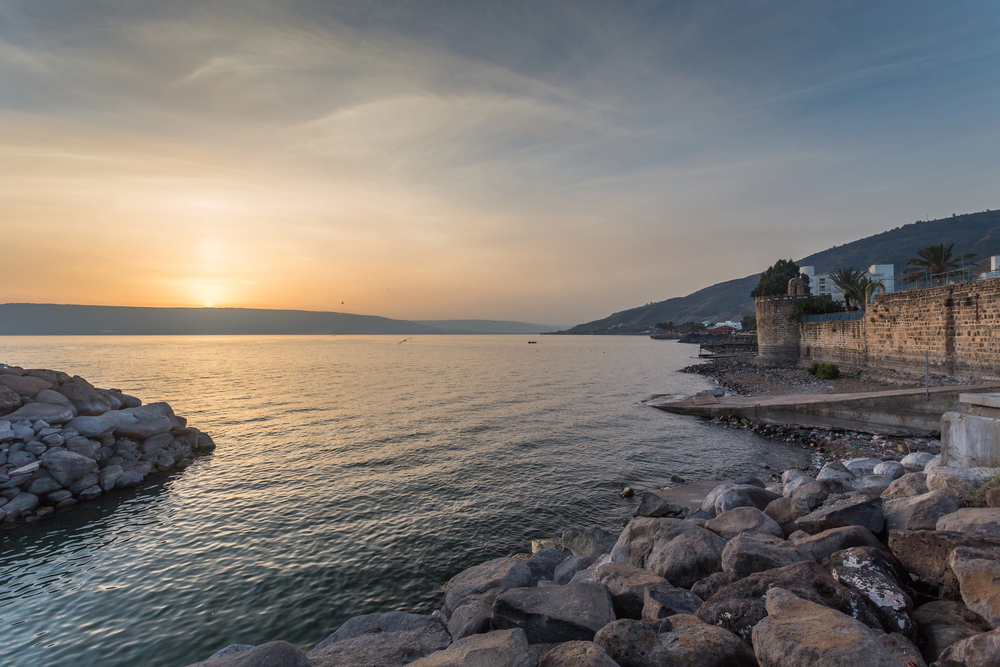
1. The Sea of Galilee’s Special Ecosystem Puts It All In Context
The Sea of Galilee, or Lake Kinneret, isn’t a biblical setting, only it’s a freshwater lake with its own distinct personality. This lake is renowned for its spectacular environmental changes, causing sometimes spectacular and sudden occurrences. Recent research has shown that the lake’s natural layering of warm, oxygenated water atop and cold, oxygen-poor water below provides the ideal conditions for something spectacular to happen.
When strong winds blow over the lake, they are able to upset this tender balance, initiating a process called a “fish kill.” The end result? Thousands of fish, deprived suddenly of oxygen, float to the surface in a school. It’s an unusual but well-documented occurrence that can transform the lake’s shoreline in a single night, so turning the lake into a scientists’ hotbed as well as a spiritualists’ hotbed.

2. Modern Science Replicates the Miracle’s Mechanics
With advanced monitoring and 3D modeling, scientists were able to reproduce the very conditions that cause these mass fish kills. Dr. Tamar Zohary and colleagues at the Kinneret Limnological Laboratory employed sensors and climatic data to build a virtual model of the lake and found that internal waves and upwelling of cold, oxygen-depleted water can smother fish.
The Sea of Galilee is a stratified lake. The top layer is warm and oxygenated, whereas the bottom layer is cold and anoxic,” described Yael Amitai, a physical limnologist at the Kinneret laboratory. When the westerly winds howl in strength, these layers become mixed, producing the perfect brew for a fish kill. This evidence-based explanation provides a possible basis for the biblical account, demonstrating that sometimes miracles can occur by nature itself.

3. Biblical Timing Corresponds to Nature’s Calendar
The most dramatic discovery is the synchronization of the timing of such natural occurrences with the account in the Bible. Scientists recorded a massive fish kill during late spring and early summer of 2012, during the same time the Gospels mention Jesus’s miracle. They happened around Tabgha, the exact location tradition assigns to the miraculous catch.
Indeed, witnesses said they saw “hundreds of fish at the surface opening their mouths for air” the evening before the 2012 spectacle, and thousands more floated onto beaches the following day. The extraordinary conjunction of scripture and science here implies that perhaps the disciples did witness a natural phenomenon that seemed nothing short of miraculous.
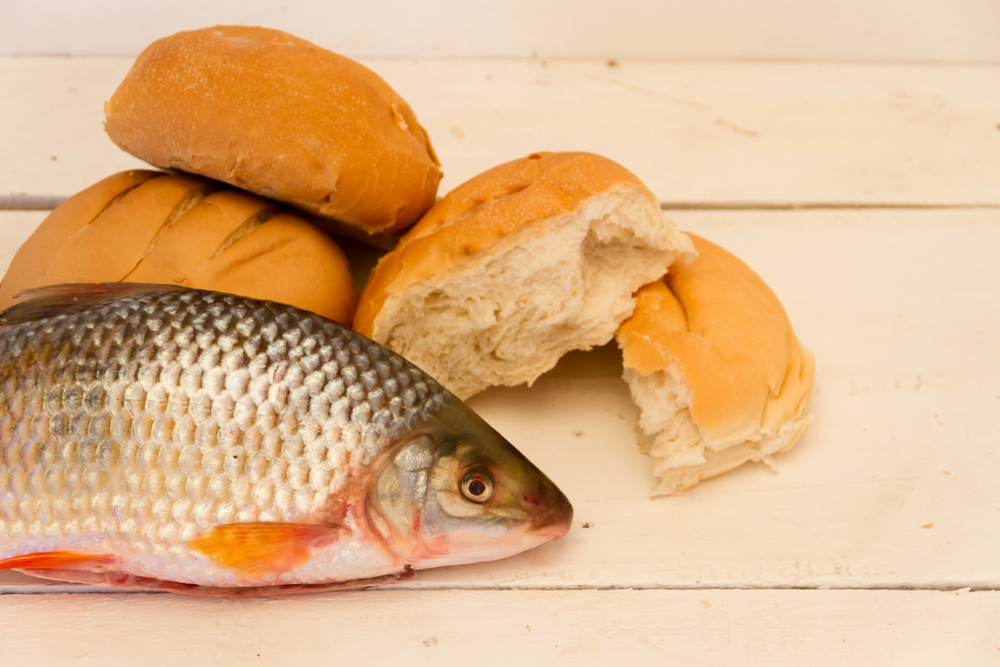
4. The Loaves and Fishes: More Than Just a Story?
The legendary feeding of the 5,000 with five loaves of bread and two fish could also have origins in the lake’s unpredictable environment. During a fish kill, the instant availability of fish would have provided for a crowd, taking a moment of dearth and turning it into one of surprise abundance. As the study authors noted, “Nowadays fish-kill events happen at the same location in the lake where the biblical Miracle of Loaves and Fishes and presumably the Miraculous Catch of Fish occurred two millennia before the present.”
Although some biblical scholars indicate that the scripture does not indicate fish were “catchable easily,” the timing and place of these natural phenomena present an interesting parallel. It is a reminder that nature’s surprises have the potential to feel like miracles at times, particularly in times of need.
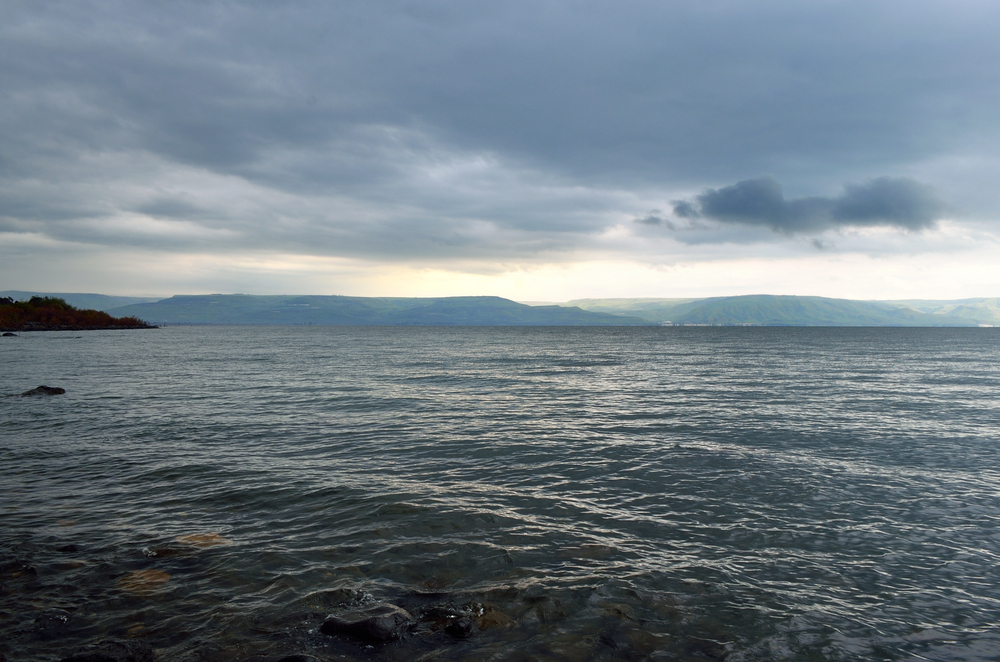
5. Rare Events, Lasting Impact
Fish deaths on the Sea of Galilee are uncommon, recorded only a few times in recent decades, including the 1990s, 2007, 2012, and even as late as 2023. These incidents take a kind of perfect storm of environmental conditions, ranging from wind direction to temperature changes. According to Ehud Strobach, a climate scientist at the Volcani Institute, who explained, “These simulations show the triggering of internal waves and upwelling of cold anoxic (oxygen-poor) water into the surface at the time and place of the fish kill events.”
Deciphering these unusual events not only unmythologizes ancient legends but also allows for scientists today to forecast and even prevent future fish kills by combining ancient wisdom with modern environmental management.
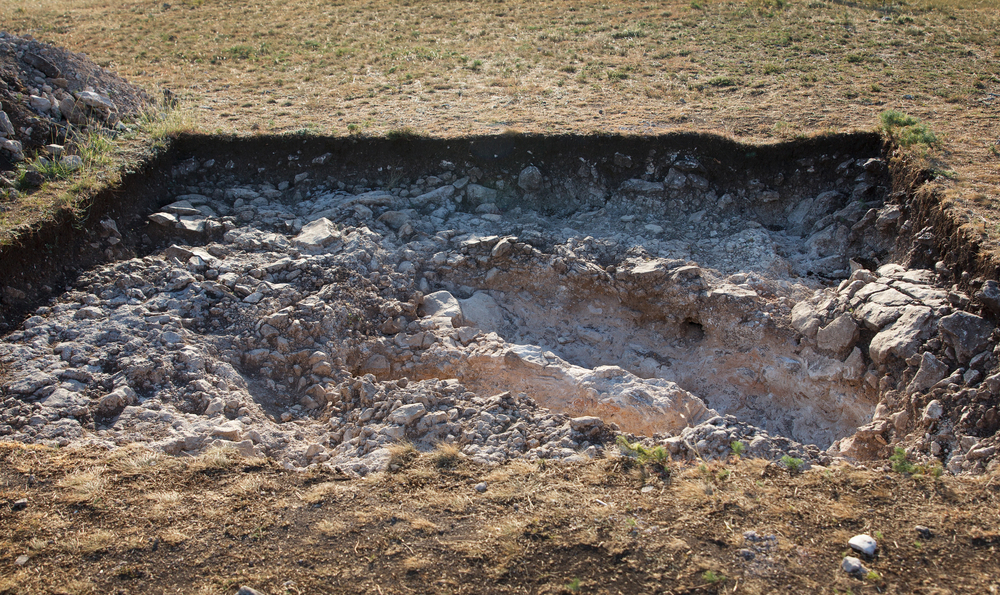
6. Archaeology and Geology Make the Story Richer
Archaeological digs on the shores of the Sea of Galilee uncovered ancient settlements, fishponds, and harbors that were adjusted according to the changing levels of the lake. These excavations, merged with geology, indicate that the people who were settled around the lake were deeply engaged in the cycles and surprises of the lake.
From the Iron Age to the Roman era, buildings were constructed to be able to adjust for water level fluctuations, and historical accounts depict how humans reacted to both abundance and catastrophe. This intimate bond between man and his surroundings gives a concrete setting for the miracles of the Bible, making them understandable within the everyday life of the people of the land.
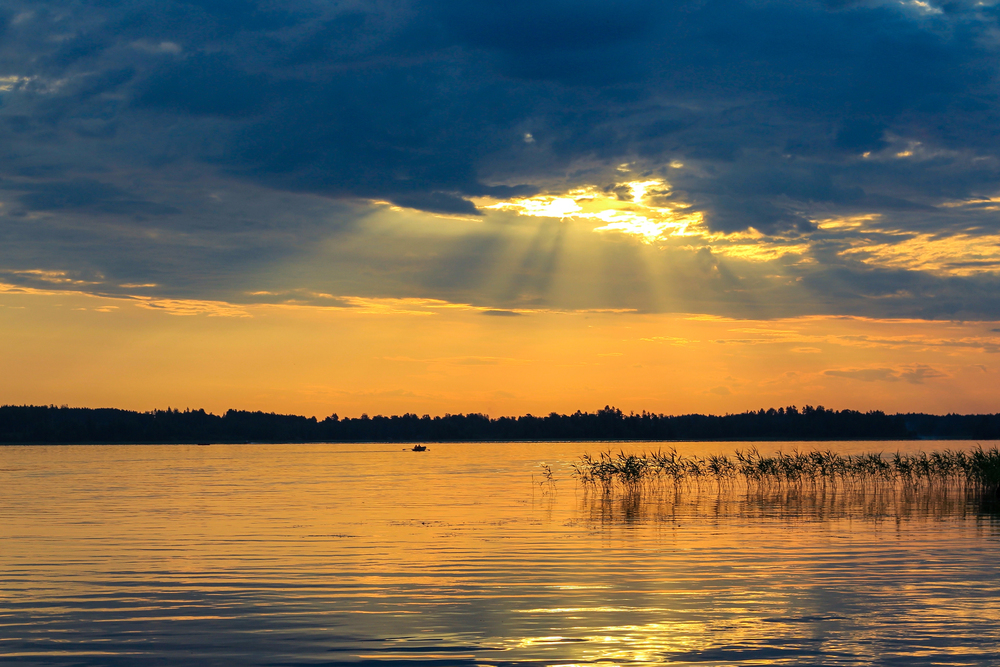
7. Faith and Science: Not Enemies, But Friends
Maybe the most important lesson is that faith and science need not be in conflict. As the research team found, “Our study suggests a location and time frame for the biblical miracles near Tabgha.” Whether or not one interprets these events as a miracle or as a natural phenomenon, the wonder remains.
This new insight does not downplay the religious meaning of the miracles; rather, it deepens them, revealing how the natural world may inspire awe and faith. To those who seek meaning at the crossroads of reason and faith, the legend of the miraculous catch is more applicable than ever.

The combination of scientific exploration and centuries-old storytelling brings new life to legends that have defined civilizations for thousands of years. Whether these miracles were divine intervention or the humbling product of nature’s power, one thing is certain: the Sea of Galilee remains a location where magic and wisdom intersect. Ultimately, maybe the greatest miracle is the way these stories continue to inspire interest, connection, and hope today.


